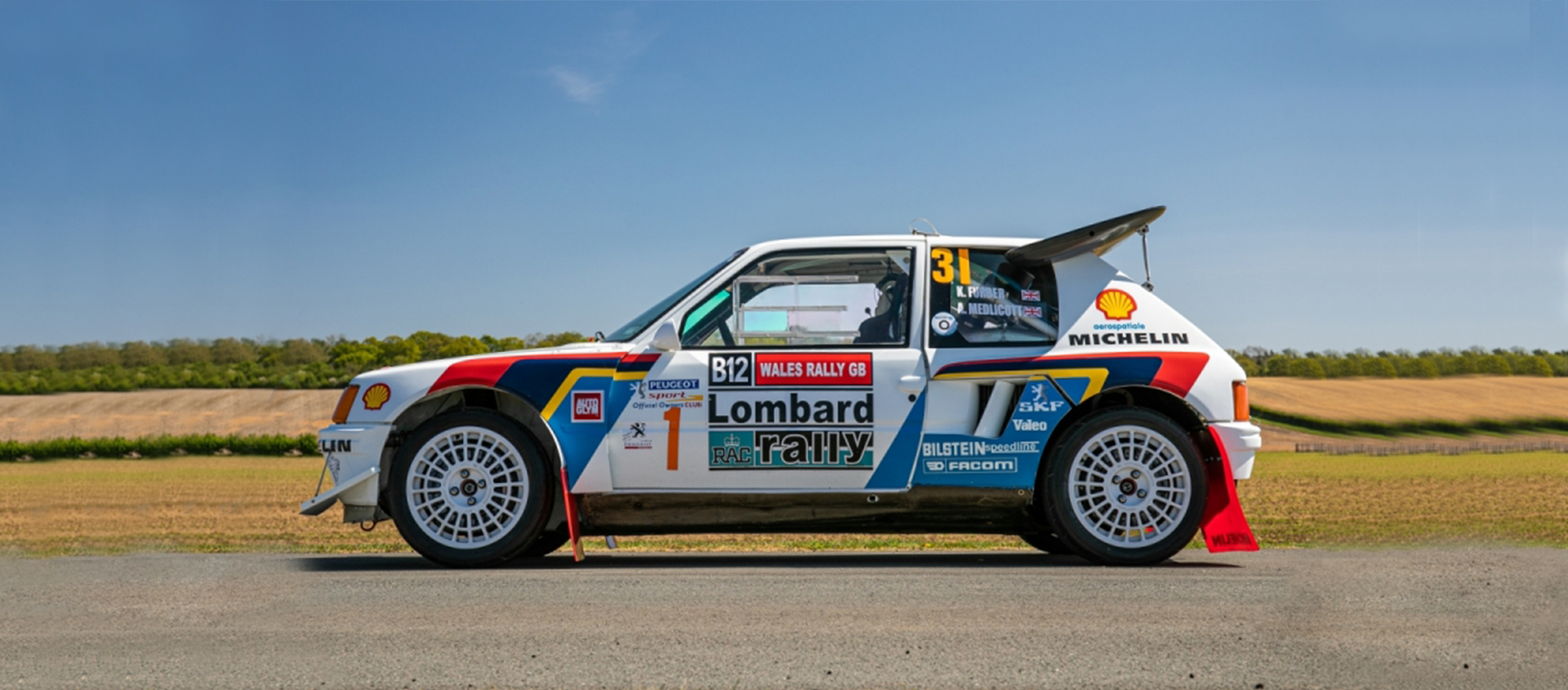Noble Sisters: Peugeot 205
21 September 2024 6 min read 5 images

Photo credit: Peugeot, Wheelsage
Last week, we introduced the topic of sporty or limited edition cars derived from mass-market models, analyzing the Morris MINI Cooper S, a small English car that has become highly sought after by collectors over the years. Today, we shift to France to explore a car that made Peugeot's fortune for 15 years, from 1983 to 1998, selling over 5.2 million units worldwide: the Peugeot 205. Like the MINI, it was motorsport, especially rally racing, that turned this popular vehicle into one of the most coveted sports cars by enthusiasts. It was a clever strategy for model positioning: at the same time as the 1983 Paris Motor Show debut of the street version, Peugeot launched a motorsport program in the World Rally Championship’s Group B with the 205 Turbo 16, a beast boasting over 550hp and weighing less than 1000kg. The car proved to be a real powerhouse, winning the Championship in 1984 and 1986, and even the Paris-Dakar rally.
Register to unlock this article
Signing up is free and gives you access to hundreds of articles and additional benefits. See what’s included in your free membership. See what's included in your free membership.
Already have an account? Log In


